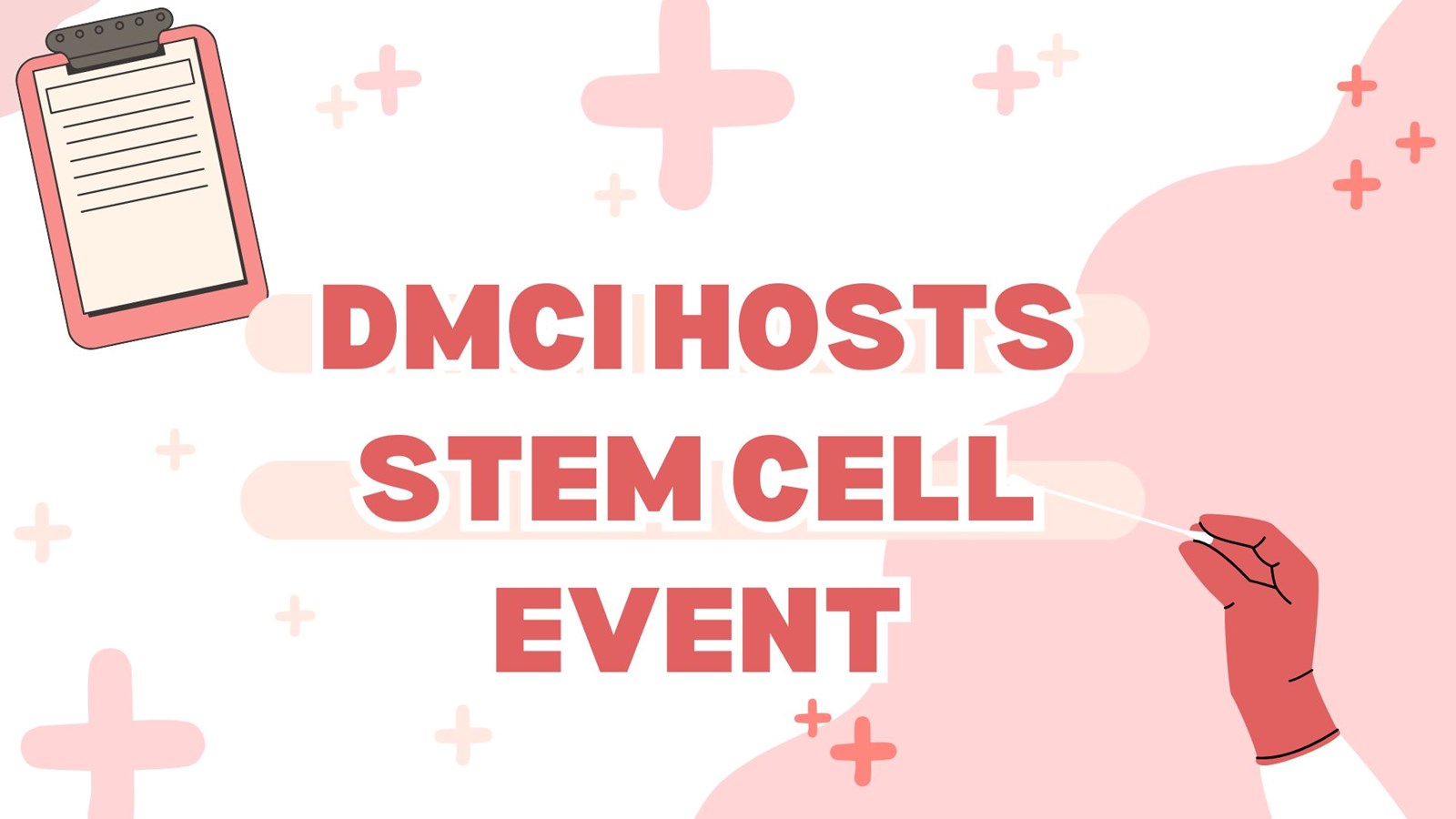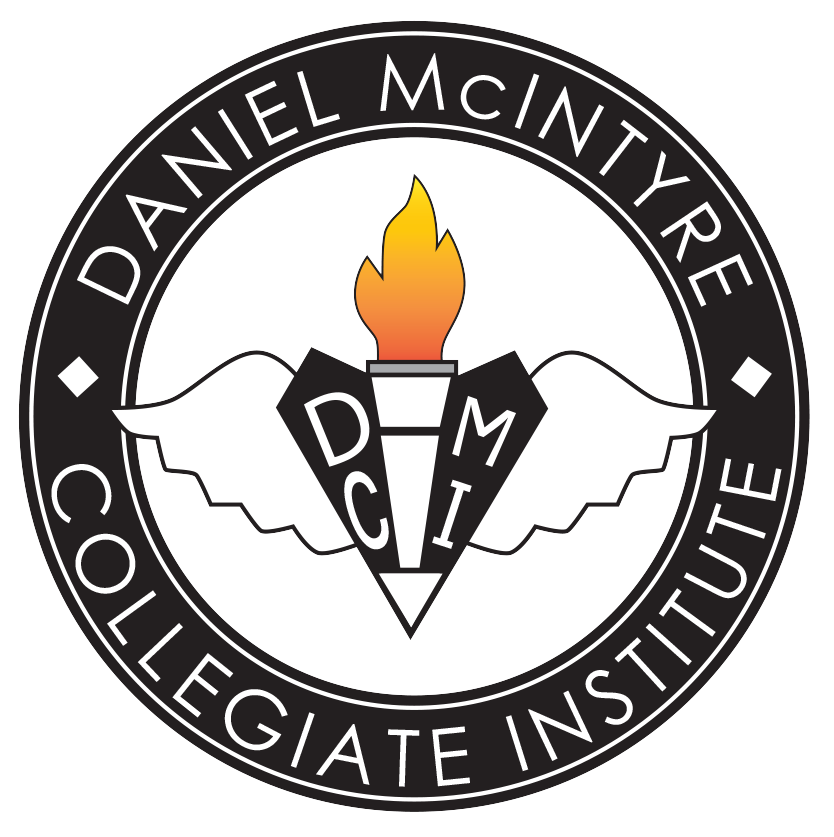DMCI Hosts Stem Cell Event
May 5, 2025 Community
DMCI students have recently had the opportunity to learn and even join the stem cell registry through a presentation by the Canadian Blood Services (CBS). Students were able to watch a presentation about what stem cells are, and how important it is to have many volunteers joining the registry.
Afterwards, students and staff were encouraged to register via a meeting at DMCI, which took place on April 24, 2025.
While this opportunity has passed, it is still completely possible to join the registry! In case you missed the presentation, here is a brief overview:
According to the CBS, stem cells are immature cells that can develop into any cell the body needs. Some people need a stem cell transplant due to diseases or disorders that make them unable to create their own. (example: blood cancer)
Joining the stem cell registry means that you are eligible to donate stem cells to those in need if you are 17 to 35 years old, in good health, and free of infectious diseases and other health concerns. Once you are part of the registry, you may get a call to donate if you have a match.
This call to donate might come tomorrow, in a few days, weeks, or never at all. Being able to actually be a stem cell donor is an incredibly rare opportunity, so it’s important that many people join the registry.
There are three ways for stem cell donation: peripheral blood stem cells (PBSCs), blood marrow stem cells, and umbilical cord blood. The PBSCs method is the most common way, used 90% of the time. Stem cells are collected from circulating blood. On the other hand, blood marrow donation is a surgical procedure where stem cells are collected from the pelvic bone. The last method is the least common, where stem cells are extracted from the umbilical cord and placenta after a baby is born.
While some of these methods may seem scary, the side effects, if you even experience any, are mild. Not to mention you could be potentially saving a life!
This is a summary of the stem cell registry event:
Each registrant was given a swab kit, which is an envelope containing instructions and general information about the stem cell registry, barcode sticker labels, cotton tipped swabs, and four holder slots for the swabs
Individuals were asked to register online using a QR code found in the swab kit
After registering, they were allowed to start the actual swabbing process
Each swab required a barcode sticker label folded at the tip to help with identification
Registrants were required to swab one corner of their cheek for 15-20 seconds using the same pressure when brushing your teeth to collect a cheek/buccal sample
Registrants were directed to repeat the previous step a total of 4 times, and then place each swab into each holding spot (A, B, C, D)
After finishing all four swabs, contents were placed back into the envelope and sealed
Brett Lawrence from the Canadian Blood Services then collected the samples
At the end, a total of 33 people registered!
Thank you to everyone, from the Canadian Blood Services, volunteers from our grade 12 medical program, and the students and teachers who registered in order to make this event successful!
Volunteers at the stem cell registry event. From left to right: Angela M., Jaime P., Christian A., Portia F., and Murphy V.


